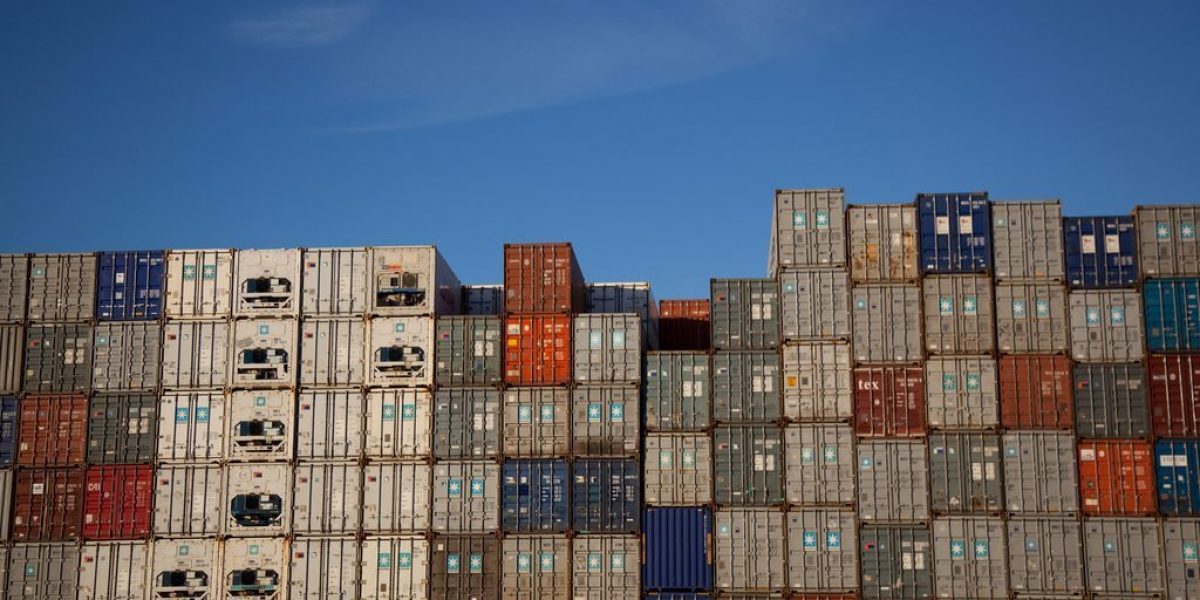IDZs assist in the creation of industrial complexes that have strategic economic advantage. They allow for the exploitation of resource-intensive industries and existing industrial capacity, while also creating employment. The South African government offers investors in IDZs various incentives. These include customs duty and value added tax (VAT) benefits.
Special trade zones aim to attract investment for value-added production, which stimulates exports.
South Africa’s major trading partners in Europe, the US, Latin America, India and China have used special trade zones as a policy instrument to attract investment, stimulate exports and create employment for decades. The majority of EU countries have free zones. The US has 277 foreign trade zones. Countries from the Mercado Común del Sur (Mercosur) implemented harmonised free trade zone legislation in 1987. India set up its first export processing zone in 1965 and has since established a further 129. China has a large number of different trade zones that can be categorised into special economic zones, enterprise zones and industrial or commercial free zones.
In addition to the traditional free zone benefits of customs duties and VAT, most trade zones offer local and national tax relief, appropriately skilled labour, inverted tariffs (ie duty is assessed on the product manufactured in the special trade zones as opposed to levying duties on the imported inputs) and no exchange control.
The paper reviews the provisions and benefits provided by South African IDZs, and explores the special trade zones in the EU, the US, Mercosur countries, India and China. It outlines the guidelines provided by the Organisation for Economic Co-operation and Development on different incentives for a country to attract foreign direct investment. In light of South Africa’s struggle to attract the necessary foreign investment in IDZs, despite already offering a number of incentives, the paper concludes with suggestions for further incentives for the government to consider providing to IDZ investors.








